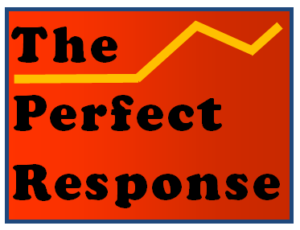The sound of a lightsaber was the first of a series of earworms that Ben Burtt would invent, entering the culture as a sonic benchmark.
One classic piece of Hollywood lore is how the fabled sound designer Ben Burtt created the sounds of “lightsabers” slashing through the air. The distinctly electronic noise from the Star Wars series is now burned into our cinematic memories as much as Alfred Newman’s 20th Century Fox Fanfare (1933) or Jim Henson’s voice for Kermit the Frog. Before he was known for his work on such innovative films as WALL-E (2008), Indiana Jones and the Temple of Doom (1984), Raiders of the Lost Ark (1981) and American Graffiti (1979), Burtt was a graduate student at the University of Southern California and a new hire at Lucasfilm. The idea of the lightsaber was born when George Lucas first conceived of the Star Wars saga, partly a traditional space fantasy and partly the result of his interest in hero-making myths. The sword was to be a beam of light a bit longer than the medieval variety, but even more lethal. In Lucas’ story the sabers were the preferred weapons of the future, but also a throwback to the swashbuckler films of the 1930s and 40s. Every film needed a master dualist who could intimidate and slice his way to dominance with villains like Darth Vader. The first film in the series was actually Episode IV: A New Hope, released in 1977 to audiences who became instant fans. If you somehow missed being around bedazzled youth at the time, it is enough to know that the plots of the series regularly featured face-offs on the edge of space, where lightsabers were potential tools of instant death.
What makes a lightsaber so interesting? Without its auditory buzz it is a bright but not-very-intimidating flashlight. Its lethality was in how it sounded. Working out a way to give the beam a fearsome presence was the first challenge. Burtt came up with a blend that included sounds of an old projector motor at USC, in addition to a nasty interference hum he discovered when his microphone got too close to an old television set. Back then, a household filled with radios and televisions was an endless source of spurious electric interference that could make a living room sound like Victor Frankenstein’s laboratory. That intrusive hum up picked up by the microphone gave off a noise of bleeding electrons not so different from what someone might hear standing near a high-voltage substation. But a lightsaber was not fixed. It’s sound needed to change when it sliced through the air. Burtt found that if he took the recorded sound from his two sources and played them back, he could then wave another mic around and near the speaker, creating a Doppler effect where the pitch slightly raises and lowers as the mic passes by. It’s the same auditory sensation a person experiences when a train or plane rushes past them.
The saber was the first of a series of earworms that Burtt would invent which would enter the culture as benchmarks, including Darth Vader’s labored breathing, Chewbacca’s expressive howls, and the beeps and whirrs of the faithful droid, R2D2. This was five years before he gave E.T. its voice in the later Steven Spielberg film. Burtt picked up an Oscar for “special achievement” in Star Wars, and it has since gained the status of one of the most influential films ever released, even receiving the rare honor of its own U.S. postal stamp in 2007.
–Excerpt from the forthcoming The Sonic Imperative: Sound in the Age of Screens (2021)
![]()


 For decades some Japanese have engaged in a practice of “forest bathing.” This is less a form of exercise than a simpler act of pausing to absorb the wonder of a wooded hillside. This involves, as they say, “being in the moment,” lingering in a setting that offers psychological breathing space. In addition, the transpiration-infused air of a forest is said to have its own restorative attributes.
For decades some Japanese have engaged in a practice of “forest bathing.” This is less a form of exercise than a simpler act of pausing to absorb the wonder of a wooded hillside. This involves, as they say, “being in the moment,” lingering in a setting that offers psychological breathing space. In addition, the transpiration-infused air of a forest is said to have its own restorative attributes.